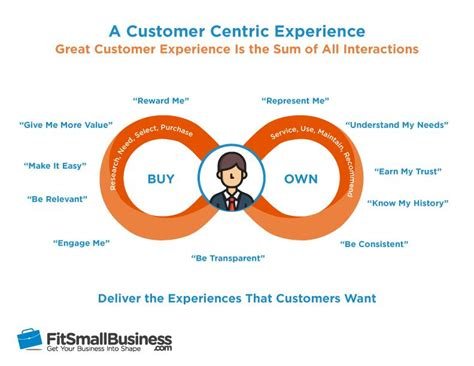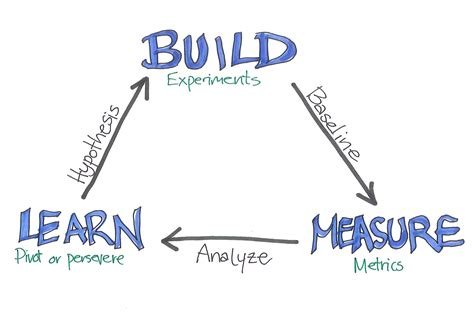Source
Henry Ford after the creation of the automobile said that If he asked people what they wanted, they'll have said faster horses. Other than a means of transportation, cars are very different from horses. You don't always have to listen to the consumer especially if you're building something completely new but there's a sweet spot where you combine your idea with their feedback. There's no point in building something that not many people want to use even if it's something new.
Consumers want to get involve in the process and their's no better way of doing that than listening to them and asking for feedback. But you have to employ a filtering system to separate the gems from the dust. Customer is not always king!
Prototype Models
The old and common model is you build your product first then you sell it to the market. Hopefully to a big market if you want to be profitable. Although, there are some that succeed the ones that didn't also number a lot, Google+ didn't live up to Google's expectation of rivaling Facebook, Amazon Fire Phone didn't spend a single year in the market and Twitter Peek was a hard pass for the Twitter community. All this flops show a creation that's out of touch with reality, based purely on assumption. Succeeding in one area doesn't mean you'll succeed in another area.One of the main reason for the success of startups in silicon valley is that they build in public. Creating a Most Viable Product (MVP) and launching it to the public for testing is the best way to measure the usefulness of your idea. If you're not embarrassed with the first version of your product when you launch then you might have launched late. Based on the feedback you receive, you analyze the data and decide whether to pivot or preserve. It's the classic lean startup model.
Source
The emerging customer centric model is building from the inside. Let's take Hive as an example, a Hive veteran who has spent some years on the ecosystem will know a lot about what it is about, what we're trying to build, what are the challenges and so forth, The person is 'entrenched' in the ecosystem. Suppose this person has an idea and wants to build something on Hive, the chance of him/her succeeding is far greater than an outsider who just pops in and start building. The Hive veteran is building from the inside, knows what the community wants and has been part of the community. The outsider will have a hard time or outright fail unless he/she chooses to work with and learn from an insider.
Instead of think what you want to build and finding a market for it, you work the other way round. Focusing on the market, watching the trends and demands. You then build accordingly, in this way what you create won't be out of touch with reality.
Based on the three models mentioned above, which one do you think has biggest upside? Let me know in the comments.
Thanks For Reading!
Posted Using LeoFinance Beta

